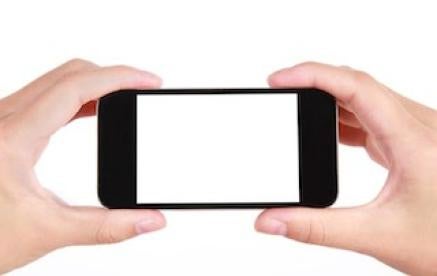If you have ever left your mobile phone on an airplane, in a restaurant or somewhere other than in your possession, you know it’s frightening enough to think of losing the device itself, which costs a premium, as well as your personal photos or information stored on the device. Now imagine if you lost your mobile phone, but it also had protected health information (PHI) associated with your health care work stored on it. The lost device suddenly presents the potential for reputational damage and legal or regulatory obligations, in addition to the inconvenience and cost of replacement.
Mobile phones are lightweight, palm-sized and cordless, which makes them convenient and easily portable. These same features make mobile phones highly susceptible to theft or loss. as such, there are serious compliance risks to consider and mitigate when allowing personal mobile device use for work purposes, or a bring your own device (BYOD) program, especially in a health care setting. Despite the known risks, current research shows that in some industries, up to 90% of employees are using their personal devices for work purposes whether “al-lowed” or not. For example, a home health or hospice provider using a personal device for work purposes might send a text message to a patient’s primary care physician (PCP) to obtain guidance or to pro-vide an update. Since the provider works in the home setting rather than in a facility or office with a computer on which to enter a note in the patient’s electronic health record, the correspondence with the PCP may suddenly become the only existing note for that exchange. Furthermore, the communication may include PHI, raising compliance obligations such as state laws or HIPAA security requirements.
There is no quick and easy remedy to completely eliminate all risks associated with the use of mobile phones, particularly employee-owned devices. However, there are steps that can be taken to minimize those risks while allowing the use of mobile technology to provide enhanced and continuous care to patients. One such step is implementing a mobile device management (MDM) solution. an MDM solution allows a secure connection for employees to access work networks and information resources remotely, using an application installed on their personal device. That solution keeps “work applications” such as the employer’s email program technically separated from “personal applications” like social media apps. In addition, an MDM solution allows the employer to force technical controls on the device, such as password requirements, encryption or the ability to remotely wipe all data from the device.
Recognizing that employers must relinquish ownership and technical control to make a BYOD program work, employers also must implement robust policies and procedural controls. For example:
-
Permissible uses. Document the permissible uses of personal devices for work purposes, including whether employees are ever permitted to transfer PHI or other types of sensitive personal information on a personal device, and the employment terms associated with such uses.
-
Device Security Controls. Document the policies that govern device controls (such as requiring employees to use passwords, up-to-date malware protection, device time-out, authentication or encryption on the device).
-
Training and Sanctions. enforce training requirements and frequency as part of the terms of use and implement clear sanctions policies for unauthorized access or use. employers may also consider whether the same training and policies/procedures will apply to vendors or contractors.
-
HR Policies. review other important employment law considerations such as employee privacy rights, social media policies and policies for removing applicable data from the devices of terminated or exiting employees.
There are many compliance considerations to keep in mind when deciding whether to implement a BYOD program. a comprehensive security framework, including technical controls, policies, procedures, and training, can reduce the high risks associated with the use of personal mobile devices for work purposes.



 i
i

